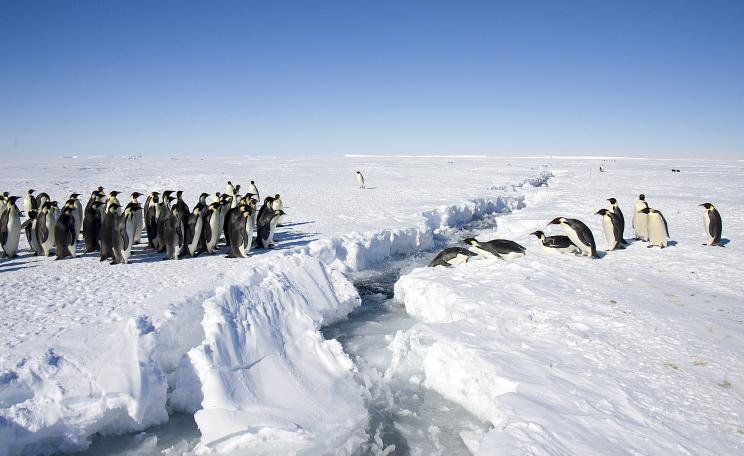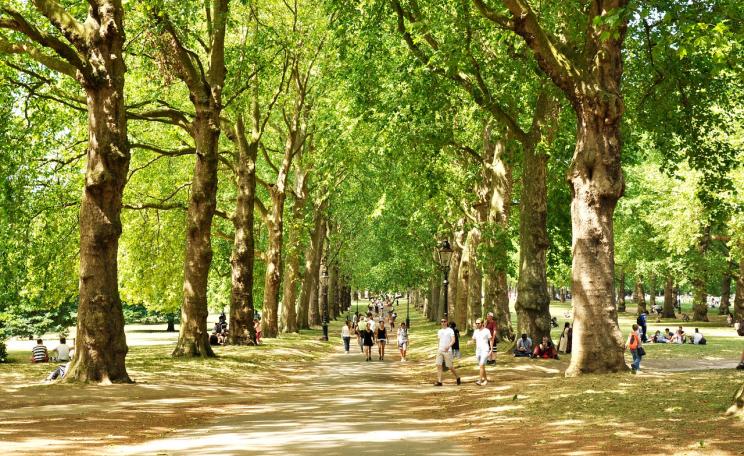We identified 1,679 separate blooms of green algae on the snow surface, which together covered an area of 1.9 square km.
Global warming is causing parts of Antarctica to turn green as summer ice melts, scientists have said.
New research suggests warming temperatures due to climate change are causing summer ice to melt in the coastal areas of the frozen continent, revealing blooms of algae that can be seen from space.
Scientists from the University of Cambridge and British Antarctic Survey believe this so-called "green snow" is likely to spread as temperatures continue to rise.
Algae
The findings, published in the journal Nature Communications, indicate the growth of these single-cell life-forms are also being influenced by birds and mammals inhabiting the region.
Dr Matt Davey from the University of Cambridge's Department of Plant Sciences, who led the study, said: "This is a significant advance in our understanding of land-based life on Antarctica, and how it might change in the coming years as the climate warms.
"Snow algae are a key component of the continent's ability to capture carbon dioxide from the atmosphere through photosynthesis."
The researchers mapped the ecosystem of the microscopic algae on the Antarctic peninsula, combining satellite data with on-the-ground observations over two summers.
Blooms of green snow algae were found to grow in the warmer regions of the continent, where average temperatures are just above 0C during the summer months.
Island
Mr Davey said: "We identified 1,679 separate blooms of green algae on the snow surface, which together covered an area of 1.9 square km, equating to a carbon sink of around 479 tonnes per year."
The team found the distribution of green snow to be influenced by marine birds and mammals, whose excrement acts as "a highly nutritious natural fertiliser" for the microscopic algae.
Over 60 percent of blooms were found within five kilometres of a penguin colony, the researchers said.
Snow algae was also spotted growing near the nesting sites of other birds, including skuas, and areas where seals come ashore, they added.
Andrew Gray, lead author of the paper, and a researcher at the University of Cambridge and NERC Field Spectroscopy Facility in Edinburgh, said: "As Antarctica warms, we predict the overall mass of snow algae will increase, as the spread to higher ground will significantly outweigh the loss of small island patches of algae."
This Author
Nilima Marshall is the PA science reporter.







